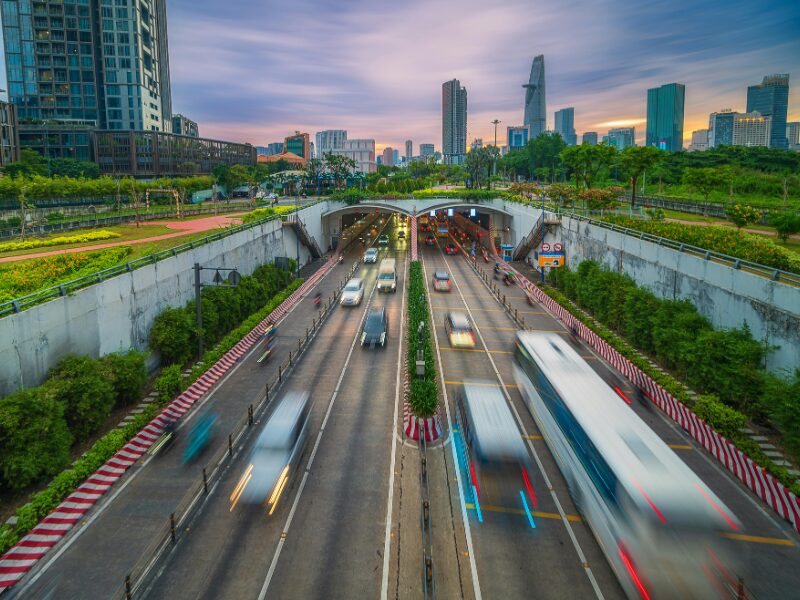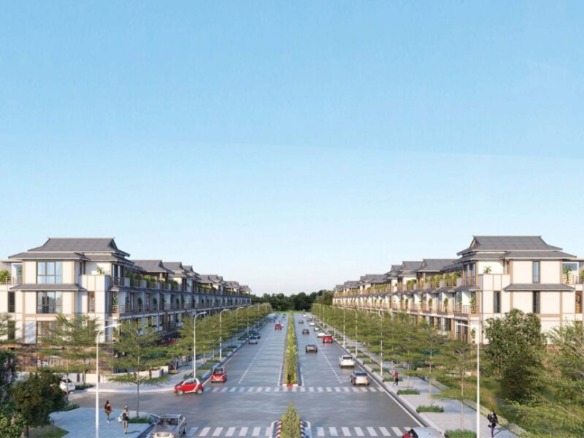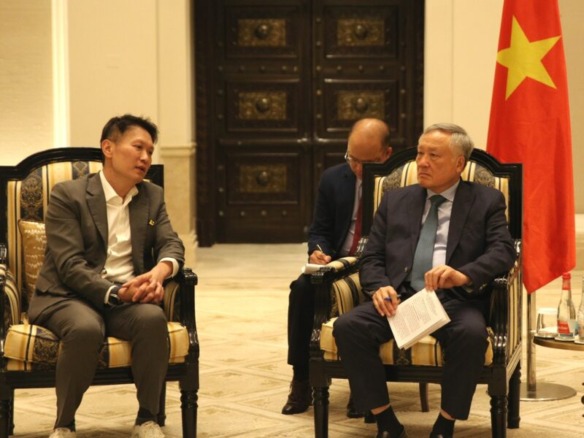Contents
Foreign capital is surging into Vietnam, sparking excitement among international investors. This influx promises robust economic growth and modern infrastructure. However, it also raises questions for local real estate firms. Can they compete? Moreover, how will this shape Vietnam’s property landscape? As a hub for Asia-Pacific investments, Vietnam attracts global players seeking high returns. In fact, the first eight months of 2025 saw registered foreign direct investment (FDI) reach $26.14 billion, up 27.3% from last year, according to official data.
This boom underscores Vietnam’s appeal. With a stable economy and young population, the country offers fertile ground. Yet, for foreign investors eyeing real estate, the opportunities are particularly compelling. Urbanization is accelerating, driving demand for housing and commercial spaces. Additionally, tourism recovery boosts resort developments. But what does this mean for market dynamics?
Surge in Vietnam Real Estate Foreign Investment
Vietnam real estate foreign investment has emerged as a powerhouse. It secured $2.37 billion in FDI during the first eight months of 2025. This figure represents 21.5% of total new capital, second only to manufacturing at nearly 60%. Why the rush? Rapid urbanization—currently at just over 40%—leaves vast potential compared to regional peers. For instance, demand for homes, resorts, and services is soaring as the middle class expands.
Established giants are leading the charge. Singapore’s CapitaLand and Keppel Land dominate urban projects. Malaysia’s Gamuda Land focuses on integrated townships. Japan’s Mitsubishi eyes sustainable builds, while Indonesia’s Ciputra targets mid-tier housing. New entrants add fresh momentum. These firms bring global expertise, elevating standards.
Furthermore, this capital flow enhances infrastructure. It supports smart cities and eco-friendly designs. International investors benefit from Vietnam’s open policies. As per the World Bank, steady GDP growth—projected at 6.5% for 2025—bolsters confidence. Yet, experts warn of overheating risks if inflows outpace regulation.
Key Projects Highlighting Vietnam Real Estate Foreign Investment
Major deals illustrate the scale of Vietnam real estate foreign investment. Korea’s LH Corporation plans a 1,520-hectare Southeast Urban Area in Bac Ninh City. This smart, eco-modern project will house 65,000 residents. It signals long-term commitment from Korean investors. Meanwhile, LH partnered with Hung Yen province for a smart city and a 140-hectare industrial zone.
Resort segments are buzzing too. In Gia Lai, a Korean firm proposes two world-class golf-resort projects spanning 550 hectares. Then, there’s the ambitious $4.6 billion initiative in Binh Dinh by Palmer Johnson Group and Switzerland’s Finance Suisse Fund. Covering 5,200 hectares, it includes resorts, yacht marinas, services, and a global finance hub. Such ventures could transform coastal economies.
Japan’s Kajima Group launched the Mandarin Oriental Bai Nom in Dak Lak—a 57-hectare branded resort with 72 villas and Residences. It sets benchmarks for luxury and sustainability. Smaller collaborations shine as well. Vietnamese developer Bcons teamed with Japan’s Mercuria SPV for the 490-unit Bcons Asahi apartments in Binh Duong. This partnership diversifies funding and upgrades quality.
These projects not only inject capital but also transfer technology. For international readers, they offer entry points via joint ventures. According to Vietnam Briefing, such FDI could drive a 7-8% annual sector growth through 2030.
- Urban Focus: Mega-townships like Bac Ninh prioritize mixed-use spaces.
- Resort Boom: Coastal and highland sites target tourism recovery.
- Finance Integration: Binh Dinh’s hub links property with global finance.
- Branded Luxury: Projects like Mandarin Oriental attract high-net-worth buyers.
Challenges for Domestic Firms Amid Vietnam Real Estate Foreign Investment
While opportunities abound, Vietnam real estate foreign investment poses hurdles for locals. Competition intensifies as foreigners leverage vast capital and brands. Domestic firms often struggle with funding and tech gaps. For example, global players dominate large bids, squeezing smaller operators.
Phan Xuan Can, Chairman of Sohovietnam, notes rising acquisitions. International groups target urban housing and tourist resorts worth hundreds of millions. This could lead to dependency. Many locals sell stakes for quick cash, risking control loss. Moreover, if foreign capital ebbs—due to global shifts—market volatility follows.
Urbanization data highlights the stakes. At 40%, Vietnam lags neighbors like Thailand (50%). Yet, foreign dominance might sideline locals. The General Statistics Office reports FDI’s role in 21.5% of real estate capital. This reliance demands caution.
Additionally, regulatory gaps expose vulnerabilities. Without protections, domestic brands fade. However, this pressure spurs innovation. Local firms must adapt or partner up.
Strategies to Navigate Vietnam Real Estate Foreign Investment
Domestic enterprises cannot afford complacency. Experts urge proactive steps. First, form alliances. By pooling resources, locals can scale projects and share expertise. For instance, joint ventures like Bcons-Asahi blend strengths.
Second, enhance capabilities. Adopt international standards for management and transparency. Invest in high-quality talent too. Government support is key—through incentives for sustainable projects and innovation.
Third, focus on niches. Target underserved areas like affordable housing or green builds. This differentiates from foreign mega-projects. Ultimately, collaboration turns threats into gains. As Can emphasizes, tourism-strong locales offer prime spots for hybrids.
For foreign investors, this landscape invites partnerships. Vietnam’s FDI wave, if managed well, promises mutual prosperity. In summary, Vietnam real estate foreign investment drives progress. Yet, balanced growth ensures all players thrive. International audiences should monitor policies for timely entry.





Join The Discussion